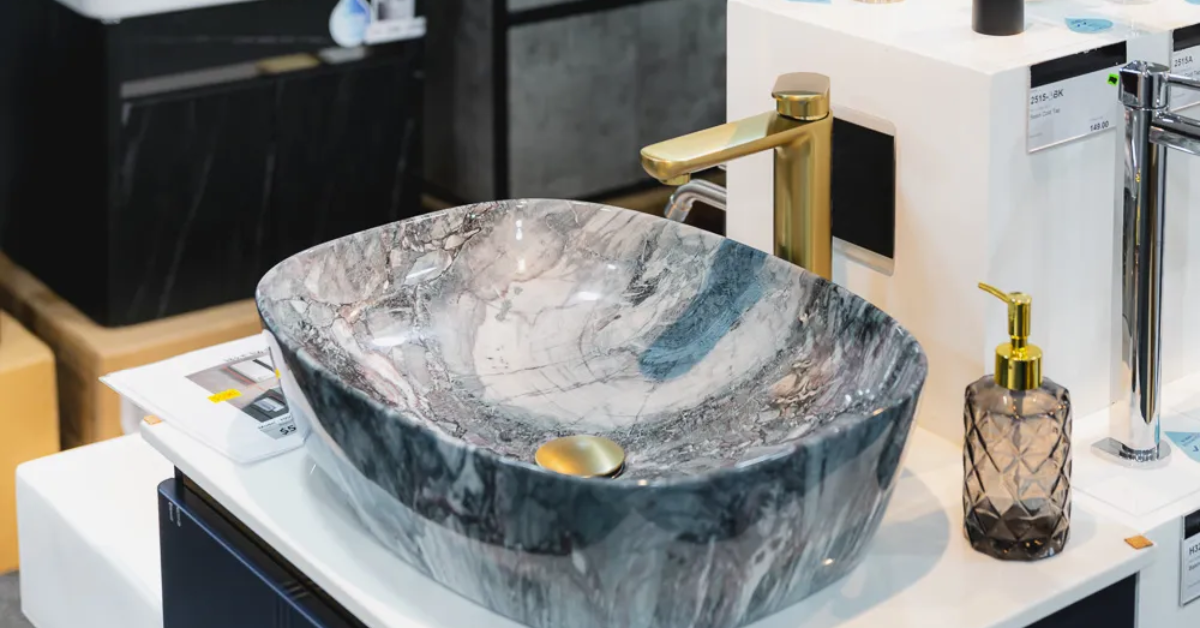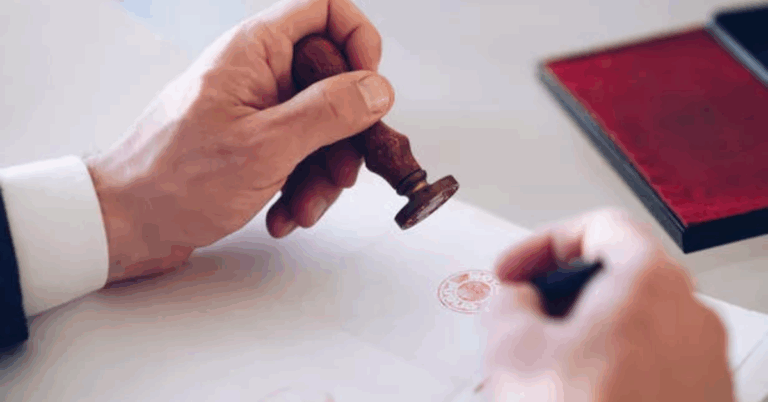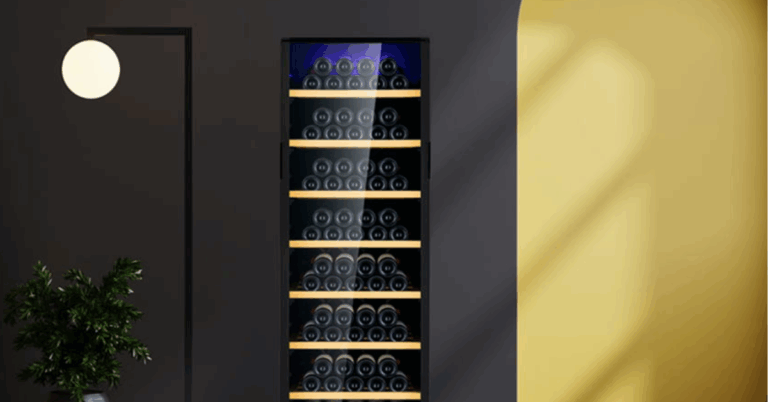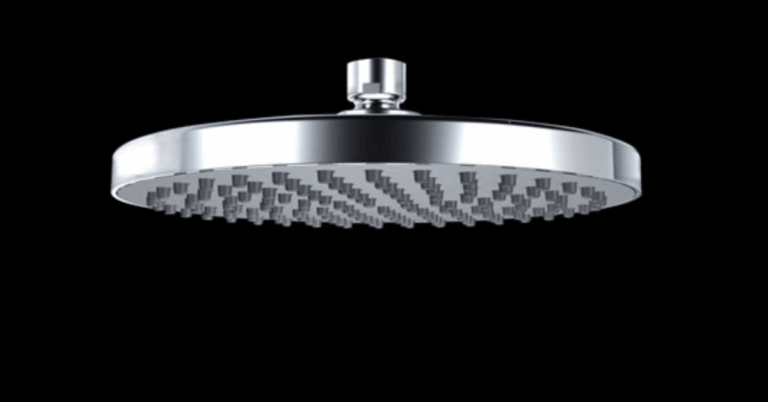Bathroom Sink Singapore: A Complete Guide to Choosing the Right Wash Basin for Every Home
The bathroom sink is one of the most frequently used fixtures in any home, yet it is often overlooked during renovation or new construction. In Singapore, where bathrooms tend to be compact and design trends lean toward minimalism and functionality, choosing the right bathroom sink can have a major impact on both the look and practicality of the space. Whether you’re outfitting a new BTO, upgrading a resale flat, or renovating a landed property, the perfect Bathroom Sink Singapore should balance aesthetics, space-efficiency, durability, and ease of maintenance. In this comprehensive guide, we explore different types of sinks, materials, styles, installation tips, and common questions to help you make the right choice.
Why the Right Bathroom Sink Matters in Singapore
In Singapore homes, especially HDB and condo units, bathroom space is limited. Choosing a sink that fits the layout and meets usage needs is essential. A poorly sized or styled sink can disrupt the entire flow of the bathroom, make cleaning harder, and lead to frequent maintenance issues. A well-chosen bathroom sink, on the other hand, enhances both usability and interior aesthetics. It can serve as a statement piece or discreetly blend into a functional layout, all while maintaining water efficiency and hygiene.
Types of Bathroom Sinks in Singapore
1. Wall-Mounted Sinks
Wall-mounted sinks are fixed directly to the wall without needing a vanity or pedestal. They are ideal for small bathrooms or powder rooms where space is limited. The exposed plumbing can be a design feature or hidden with covers. Wall-mounted sinks create a floating effect and make floor cleaning easier.
2. Countertop (Vessel) Sinks
These sit entirely on top of a vanity or counter and are popular in contemporary and boutique-style bathrooms. Vessel sinks come in a variety of shapes such as round, oval, rectangular, and even artistic forms. They are often chosen for design impact but require proper counter height adjustment to remain ergonomic.
3. Undermount Sinks
Installed underneath a solid surface countertop (like quartz or granite), undermount sinks create a seamless look. They’re easy to clean since there are no rims for grime to accumulate. Undermount sinks are popular in modern and minimalist bathrooms and work best when paired with custom-cut countertops.
4. Semi-Recessed Sinks
These are partially sunk into a vanity unit, with the front portion protruding outward. They save counter space while still offering full-size basins. This design is a good compromise between style and practicality in narrow bathrooms.
5. Pedestal Sinks
Pedestal sinks consist of a basin supported by a floor-mounted pedestal, which hides plumbing and offers a traditional look. While not the most space-efficient, they are ideal for classic or colonial-themed bathrooms and are often used in guest bathrooms.
6. Integrated Sink and Counter
These are molded as a single unit, usually from solid surface or ceramic materials. They are seamless, easy to clean, and great for minimalist or hotel-inspired bathroom designs.
Common Bathroom Sink Materials in Singapore
Ceramic / Porcelain: The most widely used material for bathroom sinks in Singapore, ceramic is durable, stain-resistant, and easy to maintain. It also offers a clean, classic appearance that fits most bathrooms.
Solid Surface: Often made from composite stone or acrylic, solid surface sinks provide a sleek, modern look. They are non-porous and resistant to mold and mildew, making them ideal for humid environments.
Tempered Glass: Found mostly in vessel sinks, tempered glass adds a contemporary aesthetic. It is strong and heat-resistant but may show water spots more easily than other materials.
Stainless Steel: Rare but used in industrial-style bathrooms, stainless steel is durable, rust-resistant, and hygienic. It’s more commonly seen in commercial settings but can offer a bold, unconventional home design.
Natural Stone (Marble, Granite): Stone sinks are luxurious and unique in appearance. However, they require more maintenance to prevent stains and etching, making them more suitable for low-use bathrooms.
Resin / Acrylic: Lightweight and affordable, resin sinks are available in many shapes and colors. They’re great for DIY renovations and are typically used in budget-conscious or secondary bathrooms.
Key Factors to Consider When Buying a Bathroom Sink in Singapore
1. Size and Fit
Measure the available space in your bathroom before choosing a sink. Consider width, depth, and height. In HDB bathrooms where space is tight, compact or wall-mounted models are ideal. Make sure the sink doesn’t block cabinets, shower doors, or walking paths.
2. Faucet Compatibility
Some sinks come with pre-drilled holes for faucets, while others require wall-mounted or deck-mounted faucets. Ensure compatibility to avoid installation issues.
3. Plumbing Access
Consider whether the sink’s design will allow easy access to plumbing connections. For concealed plumbing, wall-mounted or pedestal sinks are often the better choice.
4. Maintenance and Cleaning
Choose materials that are resistant to stains and mildew, especially in humid Singaporean bathrooms. Seamless or integrated sinks are easier to clean than ones with tight crevices or joints.
5. Water Efficiency
Pair your sink with a PUB-approved, WELS-rated faucet to promote water conservation. This helps reduce your water bill and supports Singapore’s national sustainability goals.
6. Style and Design
Choose a sink that matches your overall bathroom theme. Whether you want a modern minimalist look or a classic feel, your sink should complement tiles, mirrors, and lighting.
Installation Tips for Singapore Homes
Hire a Licensed Plumber: Installation should be done by a qualified professional to ensure safety and compliance with HDB or condo regulations.
Ensure Proper Sealing: Use waterproof silicone sealant to prevent leaks and water damage around sink edges, especially for vessel and undermount sinks.
Coordinate With Countertop and Cabinet Design: If using a vanity unit, ensure your sink size and position align with the cabinet and drawers for efficient use of space.
Plan Drainage Location: Ensure that the sink’s drain aligns with existing plumbing or be prepared for pipe repositioning during installation.
Best Places to Buy Bathroom Sinks in Singapore
You can find quality bathroom sinks at sanitaryware showrooms, home improvement centers, and online platforms. Popular local and international brands include Duravit, American Standard, Rubine, Baron, Kohler, and TOTO. When shopping:
Check Warranty: Opt for products with at least a 1- to 5-year warranty on manufacturing defects.
View In-Store: Visit showrooms to see how the sink looks in person and assess its build quality.
Compare Online Reviews: Pay attention to real customer feedback on durability, cleaning ease, and after-sales support.
Look for Bundle Deals: Some retailers offer discounts when you purchase a sink together with faucets, cabinets, or mirrors.
Maintenance and Care Tips
Daily Cleaning: Wipe down the sink with a soft sponge and mild soap to prevent buildup of soap scum and water stains.
Avoid Abrasives: Use non-abrasive cleaners to avoid scratching glossy finishes like ceramic or glass.
Clear Clogs Promptly: Use natural solutions like baking soda and vinegar regularly to prevent blockages.
Check for Leaks: Periodically inspect seals and pipes to catch leaks early and avoid water damage.
Frequently Asked Questions (FAQ)
1. What is the most durable bathroom sink material in Singapore?
Ceramic is the most commonly used and durable material for bathroom sinks in Singapore, offering good resistance to stains and scratches.
2. Can I install a countertop sink in a small bathroom?
Yes, but choose a compact vessel sink and a low-profile counter to maintain ergonomic height and free up space.
3. Are wall-mounted sinks easy to install?
They require professional installation with wall reinforcement but are very space-efficient and ideal for small HDB bathrooms.
4. What is the standard height for bathroom sink installation?
In Singapore, the recommended height from the floor to the top of the sink is about 80 to 85 cm, but this can be adjusted based on user preference.
5. How often should I clean my bathroom sink?
Daily rinsing and weekly deep cleaning are recommended to prevent soap scum, stains, and bacterial growth.
Conclusion
Choosing the right bathroom sink in Singapore is essential for creating a space that is both functional and visually pleasing. With a wide range of types, materials, and designs available, it’s important to consider your bathroom size, daily usage needs, and aesthetic preferences. Whether you’re going for a space-saving wall-mounted sink or a luxurious stone countertop basin, selecting a durable, easy-to-maintain sink will enhance your bathroom for years to come. Pair it with water-efficient fixtures, ensure proper installation, and maintain it regularly to enjoy maximum value and comfort from your investment.







